Heat Pump Guide: What Are Heat Pumps & How Do They Work?
Looking for an efficient, renewable heating system for your home? Then you’re probably considering installing a heat pump. Modern heat pumps can help to save energy, minimise carbon emissions and reduce running costs compared to other types of heating.
One of the key drivers for taking on a major home building project is to achieve a low-energy, low-bills household. A big piece of the puzzle is how you choose to provide central heating and hot water.
So, could a heat pump be the right choice for you? In this in-depth guide we look at how heat pumps work, the different types of system available and how to understand heat pump costs and performance.
What are Heat Pumps?
Heat pumps are a low-carbon central heating option suitable for most types of home.
They are designed to low-grade energy from the ground, air or water and convert it into usable, higher-temperature heat. This warmth is then be pushed into the living environment and used for space and water heating.
Crucially, a heat pump produces more energy than it needs to run. This is what makes heat pumps an efficient, attractive option for homeowners.
How do Heat Pumps Work?
Heat pumps work on the same principle as a refrigerator, but in reverse.
Heat energy is collected from the source (ground, air or water) in a collector fluid known as a refrigerant. It’s then passed into the heat pump’s compressor, which pressurises the fluid into a gas and, in doing so, increases its temperature.
This gas then passes through a heat exchanger, which extracts the warmth for use in your home’s central heating and hot water system.
For each unit of power used by your heat pump, you get more than one unit of heat output. Typically, you can expect to gain 3 or more kilowatts of heat for every 1 kilowatt of electricity consumed.
The ratio of heat energy produced versus electrical energy consumed is known as the Coefficient of Performance (COP).
It takes electric energy to run the heat pump. So, while a heat pump will make use of renewable heat and should be very low-carbon in use, it’s not a completely carbon free system.
Air Source Heat Pump Pros & Cons
The most common type of air source heat pump in the UK is an air-to-water heat pump. This works by repurposing energy from the external air, concentrating it and outputting it to your heating and hot water distribution system.
The alternative is an air-to-air heat pump, which uses fans to extract and output warmth for space heating. However, this type cannot provide hot water.
Air-to-water heat pumps are attractive renewable technology for many self builders and renovators, but there are some key considerations to bear in mind before you specify.
One advantage of an air source heat pump is that the appliance is easy to install in both existing and new houses. This can make ASHPs a relatively straightforward swap for a boiler, although you may need to make insulation and emitter upgrades to ensure good performance.
Read more: Find NIBE’s range of heat pump products in the Build It Directory
Air source heat pumps are designed to work effectively in temperatures as low as -25°C. However, they are most efficient when the air temperature is higher, so they do have to work harder in peak heating season during the winter.
Nevertheless, ASHPs are significantly more efficient than electrical resistance heating and very popular among self builders for properties both on and off the gas grid.
The best air source heat pumps will produce much lower carbon emissions than a mains gas boiler and – in a well-insulated home – can achieve similar running costs.
Hybrid Heat Pumps
As we’ve seen, ASHPs do not perform quite so effectively when the air temperature is very low (in the coldest parts of winter when you really want the heating on).
So, there is growing interest in hybrid heat pumps. These systems include a fossil fuel burner (mains gas, LPG or oil) that takes over from the heat pump when the air temperature drops.
The hybrid heat pump system intelligently selects which mode is the most efficient to use based on external temperatures and energy usage.
So, the ASHP component would be used mostly during the shoulder months of the heating season – ie at either end of winter – to deliver efficient, cost-effective and low-carbon heating. The gas boiler would then likely take over in the coldest periods.
A hybrid heat pump system is also likely to be better at providing hot water for taps, showers etc, which must be delivered at a higher temperature than space heating.
Ground Source Heat Pump Pros & Cons
Dig down slightly into the earth, and the temperature is about the same as the average in the air. Over the course of a year, this approximates to 12°C in the UK (slightly higher down south and slightly lower in sunny Scotland).
A ground source heat pump (GSHP) cashes in on this by extracting warmth via a collector circuit that’s dug into the earth. Of course, the ground and the air are both heated by the sun – so GSHPs are actually making use of solar energy.
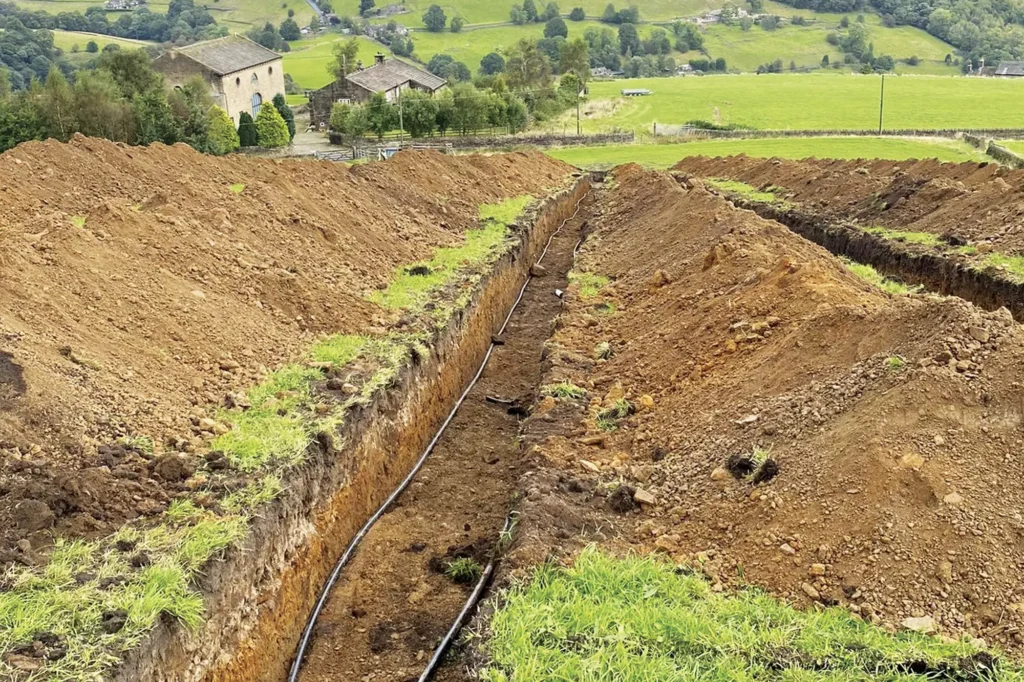
A straight collector loop system being laid in trenches as part of a ground source heat pump installation by Green Building Renewables
Most domestic ground source heat pumps use closed-loop heat collector systems. With this method, a collector fluid (a mix of water and antifreeze) is pushed around a sealed loop, drawing in warmth and returning to the pump at a higher temperature.
It’s then compressed to raise the temperature even further, before the warmth is transferred into the distribution system (usually UFH). The pressure in the loop is then reduced (the fluid is expanded), thus reducing its temperature before it returns to the underground collector.
Where there’s sufficient land available, a horizontally-laid loop is used, with the pipes fitted in trenches approximately 1.5m below ground level (usually in a slinky format to get sufficient surface area).
This is disruptive work, so it’s best suited to new builds where the garden is not yet established. If space is tight, a vertical collector loop can be installed in a borehole, typically running between 50m and 90m deep.
Borehole heat pumps are generally more expensive than those using a horizontally-laid collector loop.
Water Source Heat Pump Pros & Cons
The greatest attraction of water source heat pumps is that the temperature of the heat source is likely to be better than either the ground or the air during peak space heating season.
That’s because the temperature of the water (which could be a river, stream, underground acquifer or lake) won’t drop as much as the temperature of the air or even the ground in winter.
Depending on the water source, WSHPs can be either closed or open loop. They can range in size from small domestic at a few kilowatts (kW) right up to large district heaters with outputs of several megawatts (MW).
The main downside of water source heat pumps is that very few buildings have a convenient, suitable body of water nearby for the collectors.
The collectors don’t generally need specific planning permission, but in some circumstances you may need to obtain consent from your local authority and/or a license from the Environment Agency.
Is Underfloor Heating Essential for Heat Pumps?
Heat pumps work best when they’re used to run low-temperature distribution setups, such as underfloor heating (UFH).
UFH converts your entire floor into a heat emitter; the increased surface area allows for a much lower flow temperature to create a cosy environment – so less energy is required from the pump to raise the warmth of the water.
Underfloor heating is a great option for new homes, and can now be relatively easily installed in many existing buildings thanks to the proliferation of low-profile UFH systems.
However, it won’t suit every home. If you want to go for a heat pump but can’t install underfloor heating, your heating engineer may recommend upgrading to oversized radiators.
Heat Pump Efficiency in the UK
A heat pump’s base efficiency is measured according to its Coefficient of Performance (COP). This indicates the amount of useful heat output compared to how much electricity is used to power the pump. So, a COP of three means that for every one kilowatt (1kW) of electricity used, the air source heat pump produces 3kW of heat.
Bear in mind real-world heat pump performance depends on a range of factors. These include the time of year (it’s harder to extract useful warmth when it’s very cold outside), how insulated your house is and the proportion of energy used for domestic hot water (DHW).
For space heating, the heat pump will generally be outputting to a temperature of around 35°C-45°C. But the heat pump will have to work harder to deliver water at the 50°C-60°C required for taps, showers etc.
So, if your household has a particularly high hot water demand compared to space heating, this could impact a heat pump’s running costs. That said, a heat pump will still do a better job than an electric immersion heater.
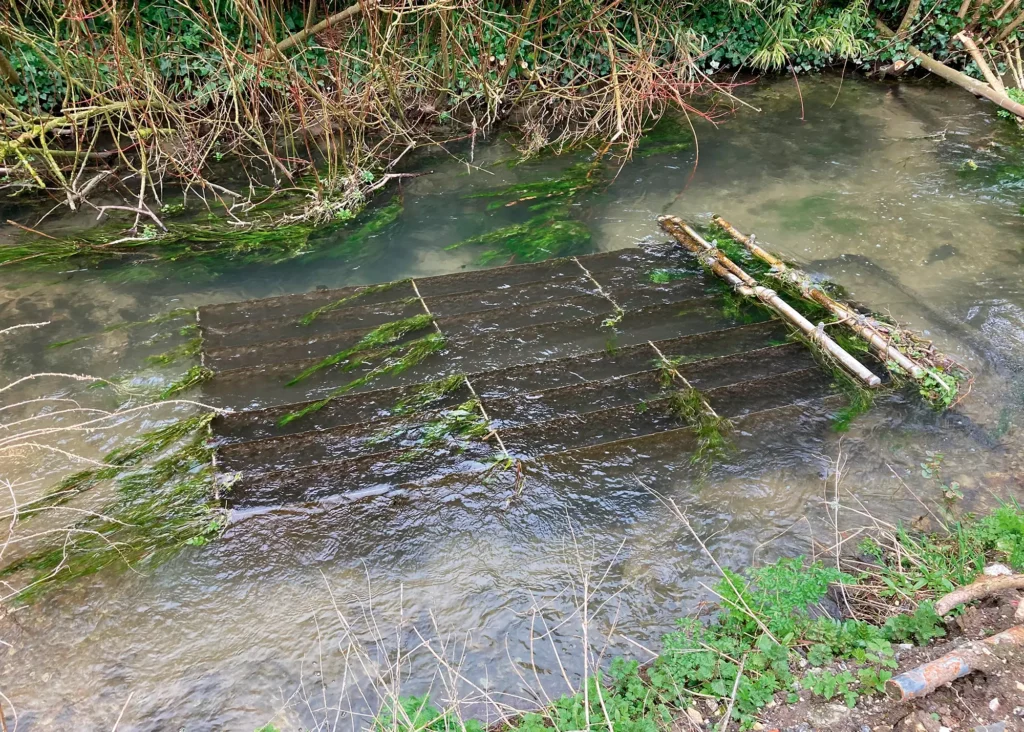
This water source heat pump features collector plates installed in a chalk stream, delivering great performance. Photo: Nigel Griffiths
The best figure to use in order to fully understand the efficiency of an installed heat pump is the Seasonal Performance Factor (SPF). This measures the ratio of heat generated to electric input over the course of the heating system. A heat pump’s SPF is calculated by dividing the total annual heat output in kWh by the total annual electrical input in kWh.
Real-life heat pump data compiled by the Energy Saving Trust in 2013 suggested an average SPF of 2.5 for air source heat pumps installed in the UK (across both space heating and hot water). In other words, on average 2.5kWh of heat was produced for every 1kWh of electricity used to power the system.
However, both heat pump technology and the quality of the UK installer network has moved on since then. Some homeowners are comfortably achieving SPFs of 3 or more with air source installations. Well-specified GSHPs and WSHPs are likely to perform slightly better, with an SPF over 3.5.
How Much Does it cost to Install a Heat Pump?
Heat pump costs can start from as little as £7,000, ranging up to £40,000+ depending on the type and size of heat pump you need.
- ASHP You can expect to pay around £7,000-£12,000 to fit an air source heat pump system in a three-bedroom home. For properties that require a higher heat output, this sum could rise.
- GSHP Ground source heat pumps generally cost around £12,000-£30,000 installed, with one of the biggest variables being the collector type (large boreholes will be at the top end price-wise).
- WSHP Water source is still relatively rare in the UK, so each project is bespoke priced. That said, it can be an attractive alternative to ground source in the right circumstances.
For all of these technologies, final costs depend on the size of your home and whether you need to upgrade the insulation and emitter network etc.
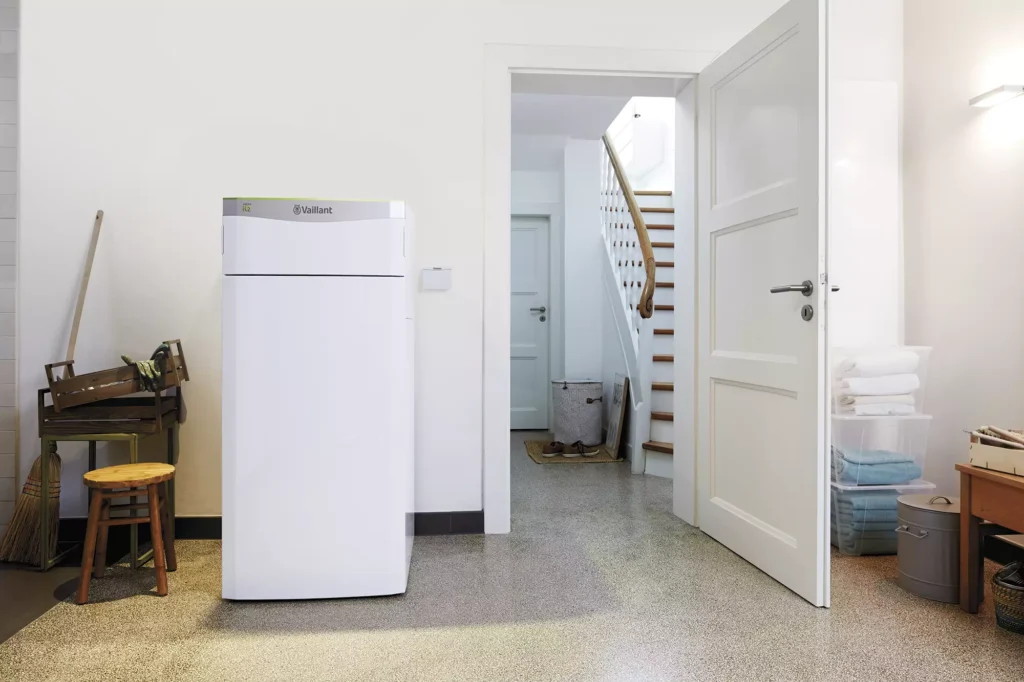
Vaillant’s flexoTHERM heat pumps are Quiet Mark certified – with noise levels no louder than a domestic fridge – and can be installed as a ground source, air source or water source appliance
As of the 23rd October 2023, you can access the following under the Boiler Upgrade Scheme (BUS):
- £7,500 towards an air source heat pump
- £7,500 towards a ground source heat pump (this includes water source heat pumps)
- £5,000 towards a biomass boiler
This subsidy drastically alters the equation, bringing some installations more in line with the price of fitting a new gas boiler (which typically costs around £2,500 installed).
The BUS is only available in England and Wales, and there are certain criteria to be met. For instance, you will need a current Energy Performance Certificate (EPC). Any recommendations on that EPC to install loft or cavity wall insulation must first be addressed, too. And, your system’s maximum capacity must be less than 45kWth otherwise it won’t be eligible.
To qualify for the Boiler Upgrade Scheme grants, y our heat pump installer must also be accredited under the Microgeneration Certification Scheme (MCS).
Heat Pump Running Costs & Bill Savings
The answer to this depends on those key factors such as the overall performance of property you’re installing the technology into, what proportion of demand is for space heating vs hot water, the type of tech you’re using and – ultimately – the SPF your heat pump achieves.
If your engineer calculates that an ASHP is going to deliver 310% efficiency in your home, for instance, you can then use that as your baseline when comparing running costs versus other heating systems.
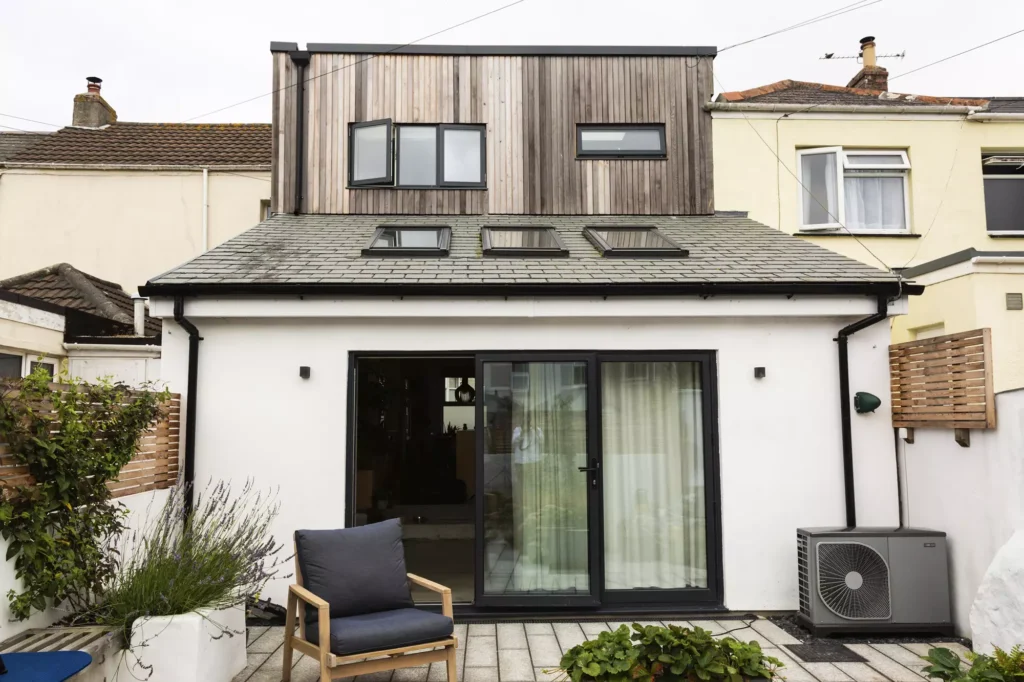
Richard Lowes wanted to deliver a low-carbon renovation of his stone-built Victorian property, upgrading the central heating with an F2040-6 ASHP from NIBE plus a 200L hot water cylinder and additional heat buffer vessel. The system supplies UFH downstairs and radiators upstairs, delivering lower bills than the previous gas heating
We can use the prevailing energy price cap as a starting point for calculating whether a heat pump will be cheaper to run than a gas boiler.
One unit of electricity currently costs 30.11 pence per kilowatt-hour (30.11p/kWh) under the energy price cap (1st July to 30th September 2023). That’s roughly four times the price of gas at 7.51p/kWh.
So, at present, your heat pump would need to run at an overall SPF of at least 4 (400%) to achieve a running cost saving compared to a mains gas boiler. Earlier in 2023, an SPF of more like 3.4 would have tipped the scales.
Clearly, energy costs are fluctuating at the moment and these figures will undoubtedly change again when the next price cap comes into effect (due at the end of September 2023).
It’s worth bearing in mind, too, that if your plot is off the mains gas network, a well-installed heat pump is always likely to deliver bill savings compared to options such as oil or LPG boilers.
Note that the Renewable Heat Incentive (RHI), which used to pay homeowners cash back for every kWh of heat produced by a heat pump, has closed to new applicants.
Do Heat Pumps Reduce Carbon Emissions?
The baseline when looking at how sustainable and low-carbon a heat pump will be is to compare the predicted carbon emissions with those of using mains natural gas.
In the case of a heat pump, the Seasonal Performance Factor (SPF) of the appliance must be well above 2.5 to deliver carbon savings. This is because grid electricity currently creates approximately two-and-a-half times the CO2 emissions of mains gas per kWh.
Over the next decade or so, the UK government plans to further decarbonise the National Grid by increasing the proportion of mains electricity that is generated from nuclear and renewable sources, rather than fossil fuels such as coal and gas.
So, it’s possible that heat pumps may become even more effective in reducing carbon emissions. However, at the moment the potential savings are minor.
On top of this, installing a ground source heat pump has a much higher environmental impact than fitting a gas boiler. And as we drive down heating demand by improving the insulation and airtightness of our buildings, this embodied effect becomes just as important as impact in use.
If mains gas is not available for your plot or property, and sustainability is important to you, then it’s interesting to note that the form of heating with the lowest emissions is normally biomass (burning logs, wood chips or pellets). This holds true as long as the woodlands where the fuel is sourced are replanted and responsibly managed.
However, heat pumps do deliver significant savings in emissions and other pollutants when compared to oil boilers. They also offer a vast CO2 improvement compared to storage heaters or other electrically powered options.
What’s it Like to Live with a Heat Pump?
Heat pumps are a largely hands-off technology, much like boilers. Once installed and configured, you should rarely have to touch the controls.
By contrast, some renewables require significantly more intervention, which isn’t for everyone. With biomass, for instance, you’ll need to take regular delivery of pellets and possibly do some manual loading of the fuel.
If designed and installed correctly by an MCS (Microgeneration Certification Scheme) accredited engineer, homeowners can expect their heat pump to deliver effective performance for approximately 15-20 years. This compares well to boilers and alternative renewable heat source options.
So, heat pumps are a good choice for those who would prefer a low-input, low-maintenance system.
Modern products feature high-quality smart controls to optimise performance. The latest generation of heat pumps are also very quiet in operation. If noise is a particular concern on your project, look for Quiet Mark certification.
Top image: Nibe’s F2040 8kW air source heat pump features a sleek, compact design. The appliance is approved by the Microgeneration Certification Scheme (MCS), an essential requirement for the Renewable Heat Incentive
This article was first published in 2018 and was most recently updated on 27th July 2023.






























































































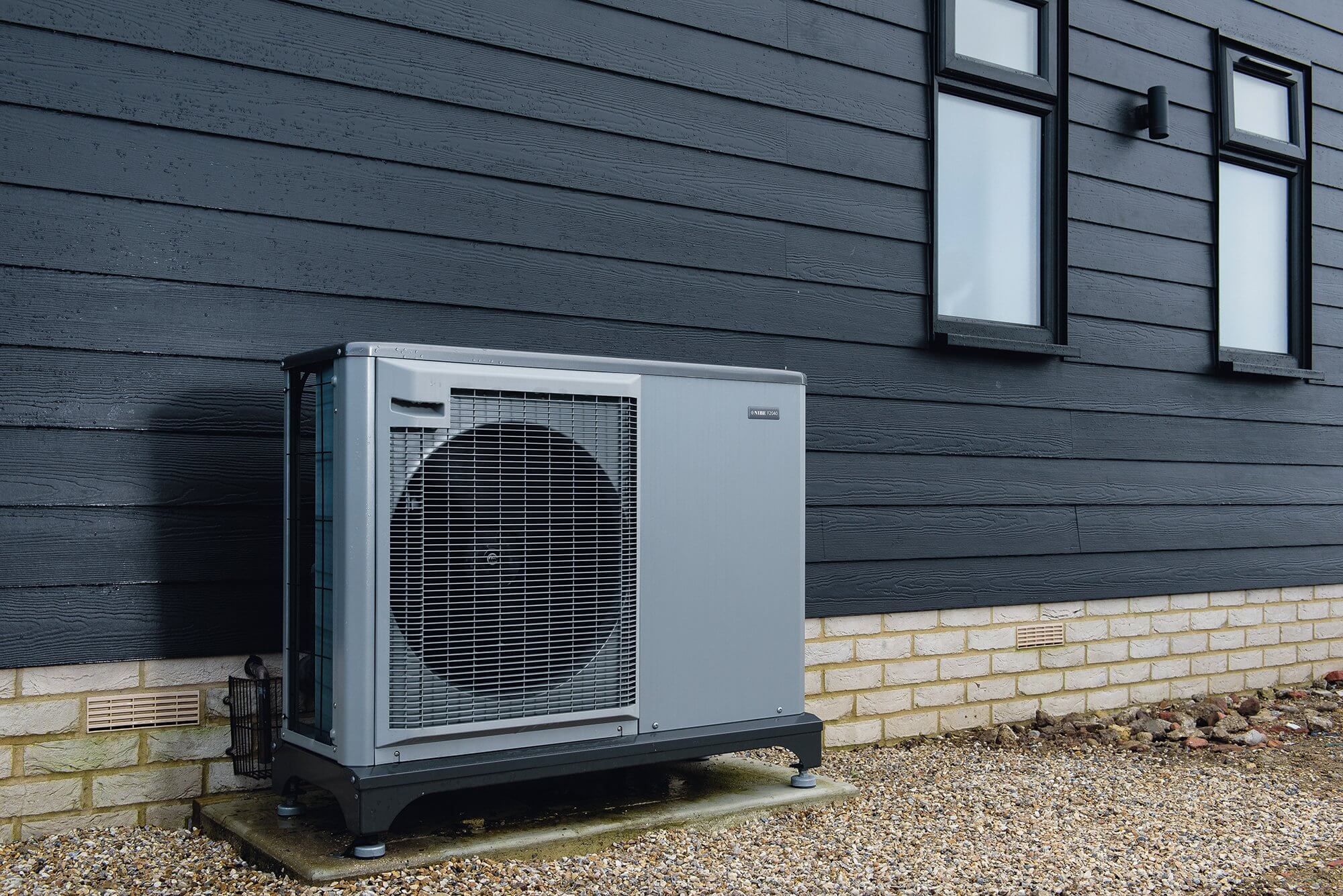
 Login/register to save Article for later
Login/register to save Article for later

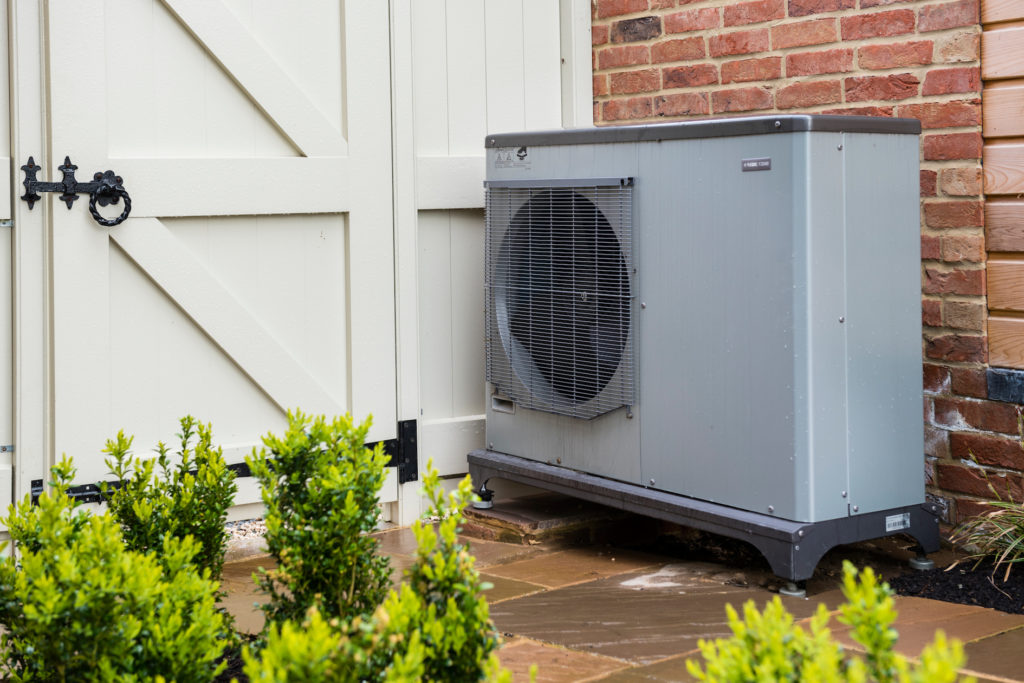
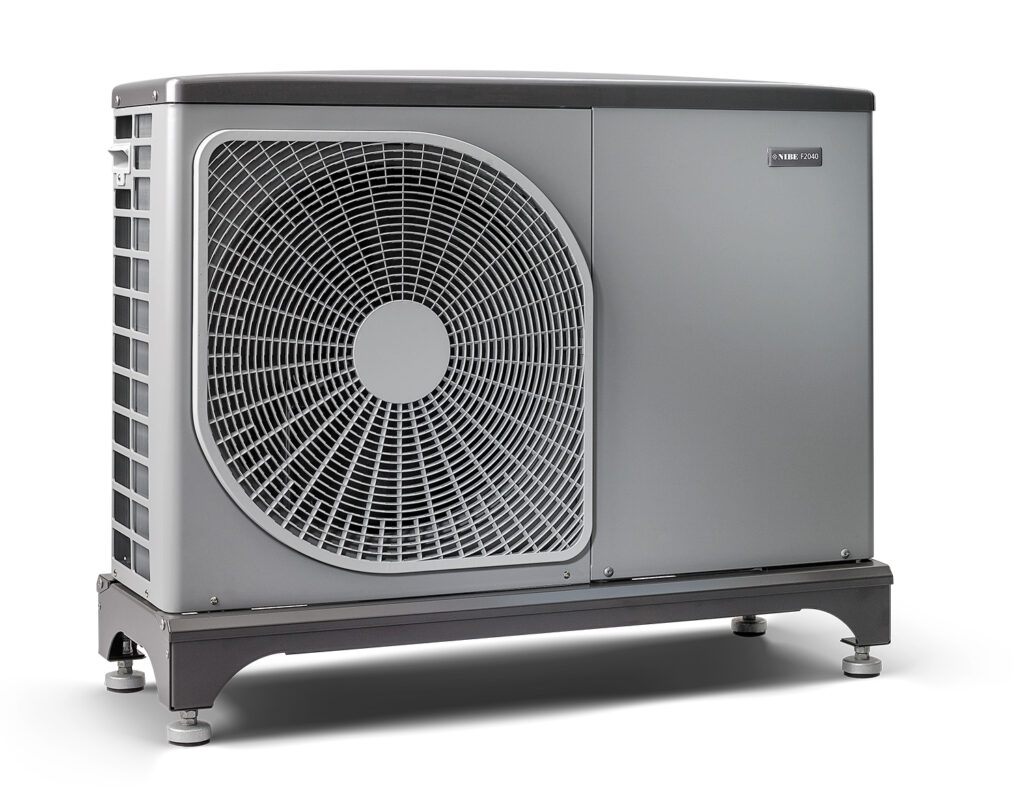



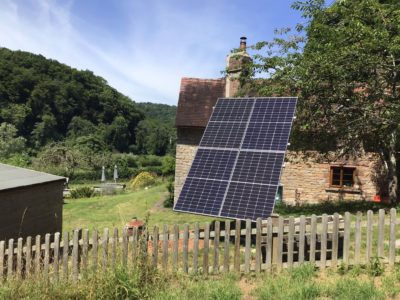

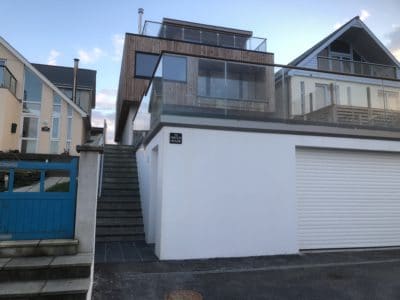
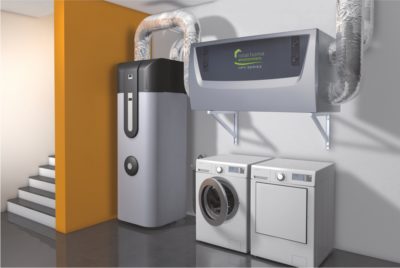





Comments are closed.